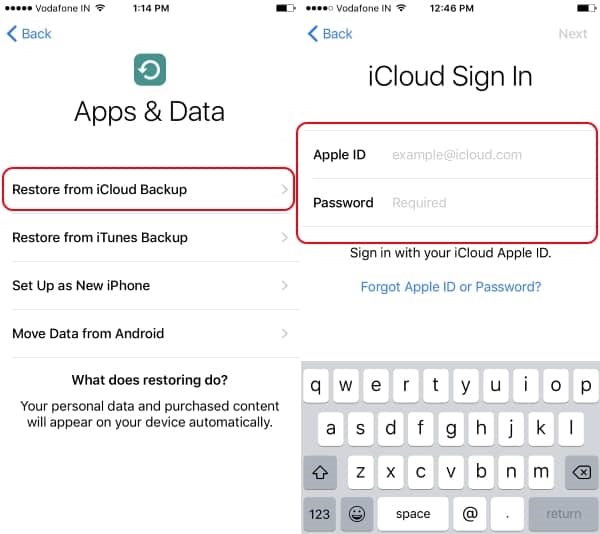
The disk at the top of the list is the one that your Mac uses to start up – click it.
 Click View > Show All Devices to display your disks and any containers or partitions within them in the sidebar. Select Disk Utility from the Utilities window. Log in to one of the Admin accounts on your Mac. Turn on your Mac and immediately hold down Command + R, and continue to do so until you see an Apple icon appear on-screen. If your Mac is powered on, turn it off. Once you’ve backed up your important data, signed out of iTunes, iCloud and any other services you use on your Mac, it’s finally time to wipe the drive. Select Messages in the menu bar, and click Preferences. You’ll be asked whether you want to keep a copy of your iCloud data on your Mac – as you’ll be wiping the hard drive anyway, you can click Keep a Copy to speed the process up.įinally, it’s time to sign out from the Messages app. On macOS Mojave or earlier, simply click Sign Out from within the iCloud menu. Then select Overview in the side panel and click Sign Out. On macOS Catalina, select iCloud in the side panel and uncheck Find My Mac if enabled. Click the Apple icon in the top left and select System Preferences. It’ll likely take a while the first time around, so we’d recommend going for a cuppa while it does its thing. Once set up, your Mac will start the Time Machine backup process – if it doesn’t automatically, click Back Up Now in the Time Machine menu. You’ll then be asked to reformat your hard drive, deleting any existing data. Click Select Backup Disk, and select the drive you just plugged in. If the prompt didn’t appear, click the Apple logo in the top left and select System Preferences > Time Machine. Note: you won’t be able to use the drive for anything else while it’s used as a backup drive. You should see a prompt appear, asking if you want to use the drive as a backup drive – click Use as Backup Disk.
Click View > Show All Devices to display your disks and any containers or partitions within them in the sidebar. Select Disk Utility from the Utilities window. Log in to one of the Admin accounts on your Mac. Turn on your Mac and immediately hold down Command + R, and continue to do so until you see an Apple icon appear on-screen. If your Mac is powered on, turn it off. Once you’ve backed up your important data, signed out of iTunes, iCloud and any other services you use on your Mac, it’s finally time to wipe the drive. Select Messages in the menu bar, and click Preferences. You’ll be asked whether you want to keep a copy of your iCloud data on your Mac – as you’ll be wiping the hard drive anyway, you can click Keep a Copy to speed the process up.įinally, it’s time to sign out from the Messages app. On macOS Mojave or earlier, simply click Sign Out from within the iCloud menu. Then select Overview in the side panel and click Sign Out. On macOS Catalina, select iCloud in the side panel and uncheck Find My Mac if enabled. Click the Apple icon in the top left and select System Preferences. It’ll likely take a while the first time around, so we’d recommend going for a cuppa while it does its thing. Once set up, your Mac will start the Time Machine backup process – if it doesn’t automatically, click Back Up Now in the Time Machine menu. You’ll then be asked to reformat your hard drive, deleting any existing data. Click Select Backup Disk, and select the drive you just plugged in. If the prompt didn’t appear, click the Apple logo in the top left and select System Preferences > Time Machine. Note: you won’t be able to use the drive for anything else while it’s used as a backup drive. You should see a prompt appear, asking if you want to use the drive as a backup drive – click Use as Backup Disk. 
There are paid apps that’ll clone your drive, but if you’re not looking to part with any cash, Apple’s built-in Time Machine functionality should do the job – you just need an external drive to get started. Resetting your Mac will delete all your documents, data and settings, so it’s a good idea to back up your Mac before resetting – especially if you want to continue to use macOS on another machine.






 0 kommentar(er)
0 kommentar(er)
